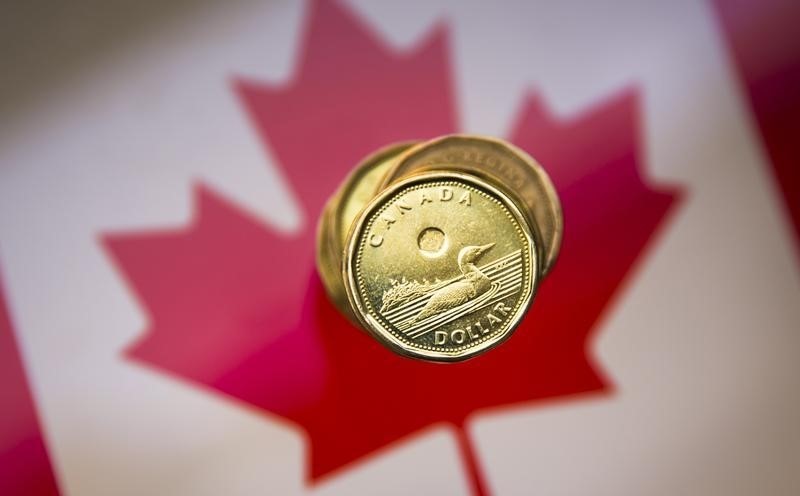By Ketki Saxena
Investing.com – The Canadian dollar weakened against its US counterpart today, as risk-off sentiment dominated markets ahead of a speech by the Federal Reserve chair. Following Friday’s more than robust US non-farm payrolls data, investors are raising bets on the prospect of a more aggressive Federal Reserve after last week’s red-hot jobs report.
Rising treasury yields also helped boost the greenback, as did rising political tensions between Washington and Beijing following the shooting down of an apparent surveillance balloon from China over US territory.
The Canadian dollar meanwhile was pressured by the rising risk sentiment, also reflected in equities. However gains in crude - motivated by the prospect of the Chinese reopening - helped cap losses.
On a technical level for the pair, analysts at FX Street note, “Some follow-through strength beyond last week's swing high, around the 1.3470 area, looks like a distinct possibility. The momentum could get extended further towards the 1.3500 psychological mark en route to a technically significant 100-day SMA support breakpoint, now turned resistance, currently around the 1.3525-1.3530 region.
Looking ahead, analysts at a number of Canadian banks expect the loonie to reach 77 cents U.S. by the end of 2023, while it’s currently closer to 75 cents U.S.
While U.S. dollar weakness later in the year, as the Federal Reserve pauses rate hikes or even cuts its interest rates, is expected to support the loonie.
The commodity-linked loonie is also expected to be boosted by the resurgence expected in Chinese economic activity following the repeal of lockdown measures, with the world’s top importer of crude set to account for nearly half of crude demand growth this year.
Joseph Abramson, co-chief investment officer at Northland Wealth Management noted, “We are really seeing China roaring back with expected growth, liquidity, and fiscal spending accelerating from here, with the Canadian dollar and Canadian stocks being major beneficiaries”.
However, the Canadian dollar is expected to underperform against many of its G10 peers this year, particularly as the Bank of Canada also pauses rate hikes and potentially begins to cut rates. Data today from the Market Participants Survey for the fourth quarter of 2022 published by the Bank of Canada showed that the median of responses for the policy rate by end-2023 stood at 4%, forecasting a 50 bps cut.
